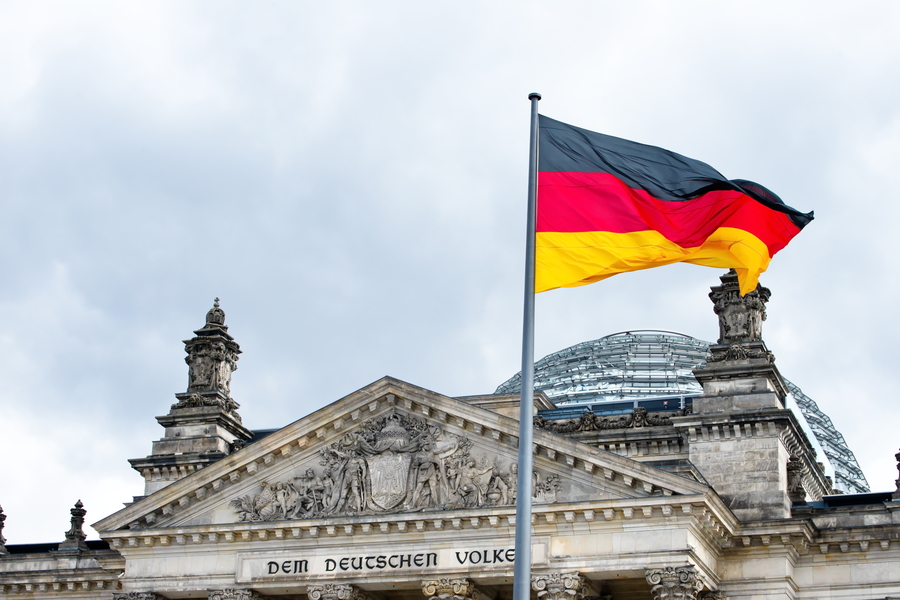German investors have poured assets into actively managed ETFs over the past year as active management proves to be a catalyst for the growth for the European market.
According to a report from Scope Explorer, assets under management (AUM) of active ETFs distributed in Germany have increased from $26bn at the end of June 2023 to $42bn at the end of August 2024, though the share of active ETFs still remains little over 2%.
This is compared to a 45% increase between the end of July 2022 and the end of June 2023, rising from $18bn to $26bn assets under management.
JP Morgan Asset Management continues to corner the majority of the German active ETF market - at 53% - followed by Amundi (11%) Fidelity (10.7%) and PIMCO (9.9%).
The interest rate environment had led to Amundi’s Lyxor Smart Overnight Return UCITS ETF (CSH2) being a popular choice among German investors after debuting in the region this year.
Out of 97 actively managed ETFs currently available in Germany, the market remains predominantly oriented toward equity products, with 52 equity ETFs compared to 34 bond ETFs, nine multi-asset funds, and two under non traditional categories.
Though assets directed into active ETFs have seen a sharp uptick over the last year, the report identified several key barriers that entry still remain.
The report highlights investor distribution as a key entry barrier, noting that the absence of front-end load and trailer fees for active ETFs discourages financial advisors from promoting these products in Germany's commission-driven industry.
Elsewhere, PIMCO’s range of actively managed fixed income products have previously been highlighted as a favourite among investors.
Ernst Knacke, head of research at Shard Capital said the PIMCO USD Short Maturity UCITS ETF (MINT) and the PIMCO Sterling Short Maturity UCITS ETF (QUID) are firm favourites due to mitigating liquidity risks which a passive strategy isn’t capable of doing.
Meanwhile, a recent survey from ARK Invest Europe found that 80% of European professional investors were equally interested in both active and passive ETFs as an investment opportunity.
More broadly, the German market has emerged as a key driver of retail adoption of ETFs, largely fueled by the growing popularity of ETF savings plans in the region.





